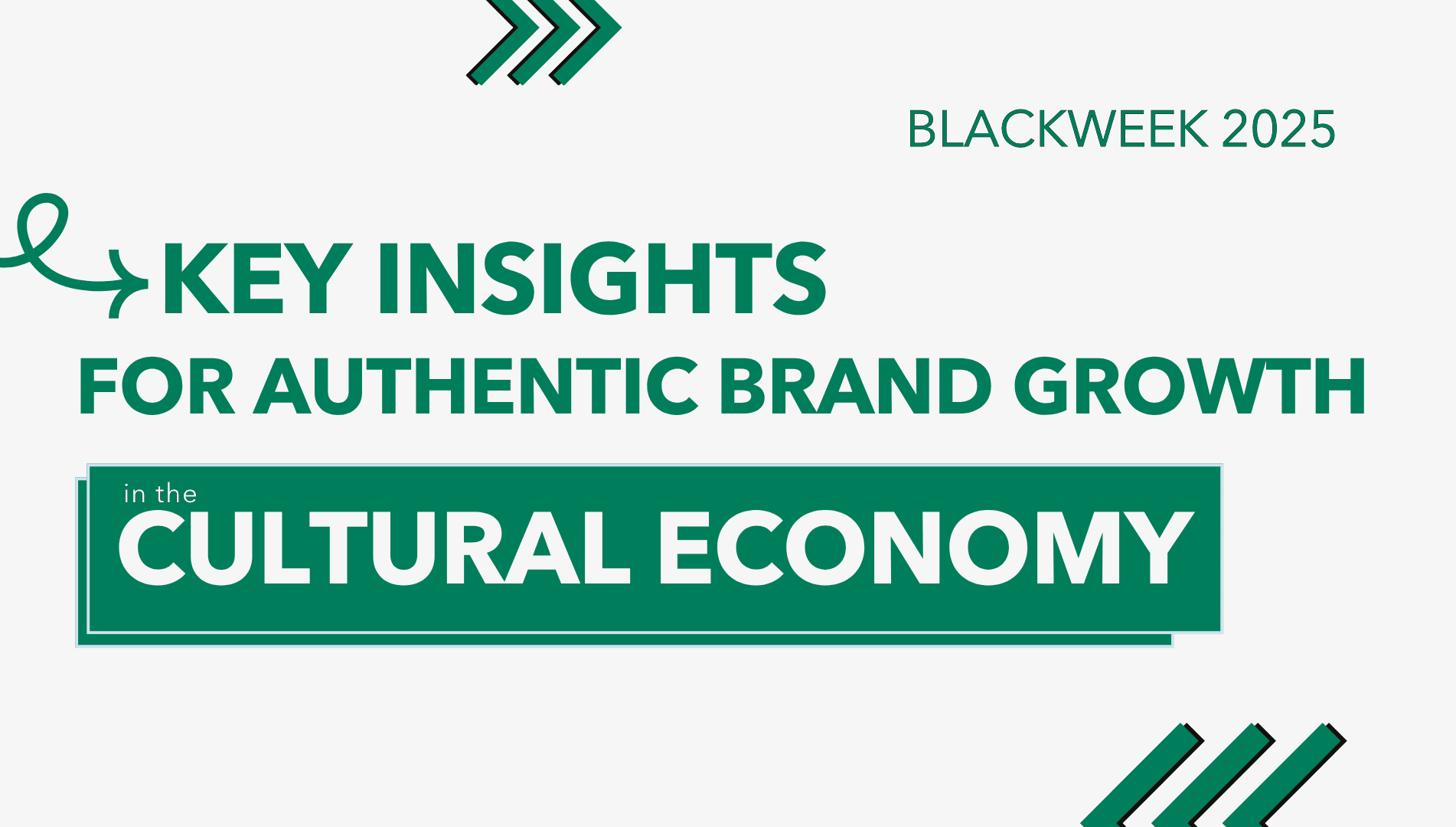TikTok’s new “maxxing” lexicon reflects an era of extreme food trends – often hyperbolic, sometimes satirical, yet deeply influential. The latest craze, “fibermaxxing,” encourages dramatically boosting fiber intake for health benefits. Hundreds of TikTok posts with the #fibermaxxing hashtag have flooded feeds, making high-fiber diets suddenly “cool.”
Meanwhile, adjacent memes like “Red 40 maxxing” (ironically overloading on the Red No. 40 food dye), having “funerals” for ingredients being targeted by the Make America Healthy Again movement, and calling a Diet Coke a “fridge cigarette” (a tongue-in-cheek term for a stress-relieving soda break) highlight Gen Z’s irreverent approach to wellness. In fact, Gen Z’s likelihood to avoid artificial colors increased from 26% to 41% since March according to Ketchum’s latest Appetite for Change consumer research.
This POV explores how extreme rhetoric and viral slang around food (from gut-health goals to junk-food irony) are capturing Gen Z’s attention, why it is happening now, and what it means for brands in food, beverage, and CPG.
Why “Maxxing” is Trendy
Key drivers behind “fibermaxxing” include rising health awareness (e.g. concern over increasing colon cancer rates in young adults) and a desire to shift or potentially share the spotlight from protein to or with fiber. Gen Z consumers are highly engaged in gut health and longevity trends, and fibermaxxing’s core message of eat more fiber is actually grounded in nutritional need (over 90% of Americans don’t meet daily fiber recommendations). However, extreme approaches come with caveats such as suddenly overloading on fiber can result in general abdominal discomfort, changes in bowel habit, bloating or even nutrient malabsorption in some extreme cases. TikTok creators themselves acknowledge this, advising followers to increase fiber gradually and hydrate – a nuance often lost in viral sound bites.
It is important to note that the influence of fibermaxxing and nutrients like fiber in general is showing up beyond Gen Z audiences in places like TikTok for women over 50 and even among celebrities. For example, last week, Drew Barrymore posted to her Instagram, “Fiber is cool… right???? I swear, I turned 50 and all I can talk about is fiber and protein.”
Culturally, these trends signal a youth-driven push-pull between wellness and rebellion. On one hand, Gen Z is embracing “food as medicine” (like using fiber to hack gut health) and seeking control in a chaotic food landscape. On the other hand, there is a streak of irony and distrust: if everything is “toxic” (from artificial dyes to sugar), some respond with dark humor and the use of terminology that carries a nostalgic, semi-ironic “vibe” that glorifies a “guilty pleasure” while thumbing a nose at more preachy wellness fads.
For brands, the extremes of TikTok rhetoric present a double-edged sword. Positive engagement can be massive – a nutrient like fiber can go from afterthought to headline, offering new marketing angles for high-fiber foods or supplements. But misinformation and polarization are lurking risks: a trending influencer can declare an ingredient a miracle or a poison overnight.
Potential Impacts for Brands
1. Misinformation Minefield: The virality of extreme trends means nutrition misinformation can spread faster than brands or regulators can respond. A creator’s unverified claim can deeply influence purchase decisions and public perception rapidly.
2. Polarized Consumer Segments: Extreme rhetoric is splitting audiences into camps – e.g., “clean-label purists” vs. “ironic junk-food embracers.” This complicates messaging. Brand communications need a fine touch: leaning too hard into the health narrative might alienate the meme-friendly crowd, whereas embracing the irony could upset those with serious health concerns. The tone in this landscape is tricky – authenticity and relatability are key, but so is credibility. Gen Z can be cynical; corporate marketing spin is sniffed out immediately.
3. Reputation and Trust at Stake: With 51% of Americans thinking the food system is broken and 65% believing food companies are greedy and only care about profits according to the latest Ketchum’s Appetite for Change report, brands in food and wellness are expected to fill some truth-telling roles both for neutralizing misinformation and setting the record straight on any adjacent trends that could implicate a brand or ingredient. If a company remains opaque or dismissive amid a heated food debate, young consumers may assume the worst.
4. Regulatory and Policy Pressure: Extreme online rhetoric is increasingly bleeding into real-world policy – which poses compliance and reformulation challenges. High-profile initiatives like the “Make America Healthy Again” commission signal bipartisan appetite for cracking down on ultra-processed foods and additives. Brands must recognize that what starts as an influencer hashtag can swiftly morph into a legislative target.
5. Well-Being of the Consumer: Extremes in diet culture can contribute to disordered eating patterns or health issues. Already, 1 in 11 Gen Zers report health problems after following TikTok health advice blindly. Brands that sell nutritional products or foods have a stake in promoting responsible consumption.
Thought Starters and Action Steps for Brands
In navigating this new landscape, brands across categories – from packaged foods to restaurants to ingredient suppliers – should consider both the cultural meaning behind “maxxing” and their core values. Here are key strategic thought-starters:
- Embrace the Why Behind the Trend: Instead of dismissing fibermaxxing or similar trends as fads, brands should decode the genuine need or insight driving them. Fibermaxxing’s popularity signals a real demand for gut health solutions and higher fiber diets. Likewise, the “fridge cigarette” phenomenon underscores a craving for moments of comfort and nostalgia. Identify the underlying consumer desire (e.g., “I want to feel in control of my health” or “I need a guilt-free treat”) and craft your strategy to fulfill it.
- Tone and Language – Meet Gen Z on Their Terms: It is okay for brands to have a stance but that stance should align with brand personality and not trivialize health concerns. A good practice is to engage in social listening: understand the nuances of how consumers talk about your category online, then mirror the relatable bits in a brand-appropriate way.
- Product and Portfolio Adjustments: The surge in extreme trends can inform innovation and product development strategies. Importantly, when brands do improve recipes or launch better-for-you options, proudly tell that story.
- Segmented Messaging Strategies: Given polarized audiences, consider a segmented approach. Core marketing can continue to emphasize health, quality, and taste as always – but you might create specific content streams to address subcultures.
Some action steps brands might take on these matters are below:
| Action Step | What to Do | Why It Matters |
| Monitor the Convo in Real Time | Set up always-on social listening for trend keywords and brand mentions (e.g., “fibermaxxing,” “Red 40,” “seed oils”). Use dashboards or third-party tools to track TikTok and Reddit chatter. | Early detection of viral trends or backlash enables proactive response before they hit the mainstream. |
| Audit and Update Transparency | Review product labels, FAQs, and web content for clarity. Explain ingredient choices and spotlight any positive updates (e.g., removing dyes, reducing sugar). | Builds consumer trust and preempts misinformation by being transparent and accessible. |
| Develop a Ready Response Toolkit | Create template responses, holding statements, and Q&A for customer service on hot-button topics like food dyes or extreme fiber intake. | Enables fast, consistent, and fact-based communication across all channels when controversy arises. |
| Engage Thoughtfully – Stick to Facts | Address trends with calm, informative content when relevant. Use a human, accessible tone, especially on TikTok. Do not amplify fringe theories; focus on evidence and empathy. | Shows that your brand is listening and trustworthy, while avoiding becoming part of the misinformation cycle. |
| Educate Through Influence | Launch content series (e.g., “Trend or Truth?”) with nutrition experts or share helpful tips (e.g., “5 Ways to Add Fiber Without Bloat”). | Turns fads into teachable moments, positioning the brand as an ally in wellness—not just a product pusher. |
| Plan for Long-Term Trust-Building | Reinforce brand values of health and transparency. Consider pledges, annual reports, or educational initiatives. Emphasize that health is a journey, not a trend. | Builds resilience and loyalty over time, allowing the brand to lead rather than reacting to future TikTok-fueled debates. |
The rise of TikTok-fueled extreme food rhetoric is a sign of the times. It is equal parts challenge and opportunity for those in the food and nutrition space. By understanding the cultural forces at play and engaging with agility, brands can turn Gen Z’s passionate (if occasionally exaggerated) interest in food and health into a moment of connection.
The key is to stay credible, stay relevant, and above all, stay human in your messaging.
About Ketchum
As a leading global communications consultancy, we leverage deep industry insights to uncover unexpected connections that lead to lasting relationships and meaningful work. We are the most creatively awarded firm in our industry, are equal parts human-centered and business-focused, and espouse empathy and intelligence. Learn more at ketchum.com


